Making use of the Gemini North telescope, astronomers have characterized the largest-ever early-Universe radio jet.


Making use of the Gemini North telescope, astronomers have characterized the largest-ever early-Universe radio jet.

Let’s take a fast-paced journey thru all that’s new in space and astronomy, including a potentially killer asteroid, a new look at the history of Earth’s water, and a mini-quasi-moon.
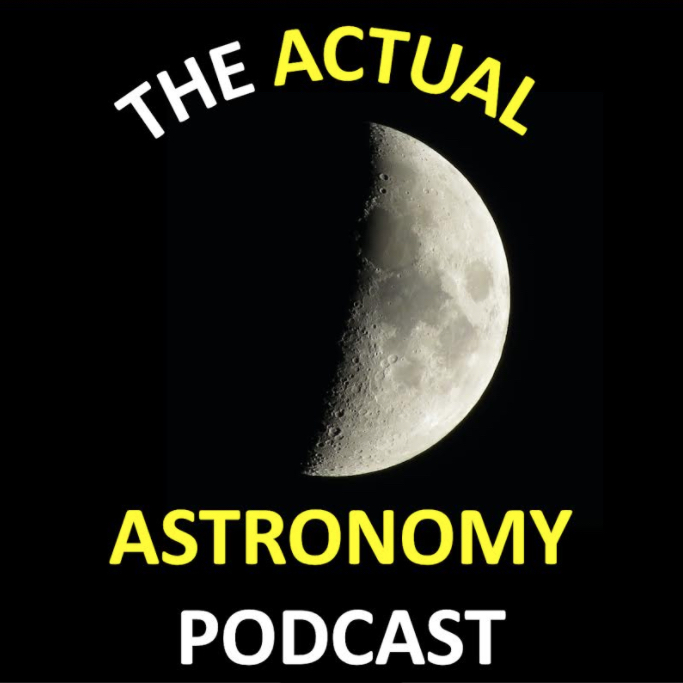
Join us today as @ActualAstronomy talk about Moon pairing with the planets, a lunar eclipse and some deep sky objects you can see.
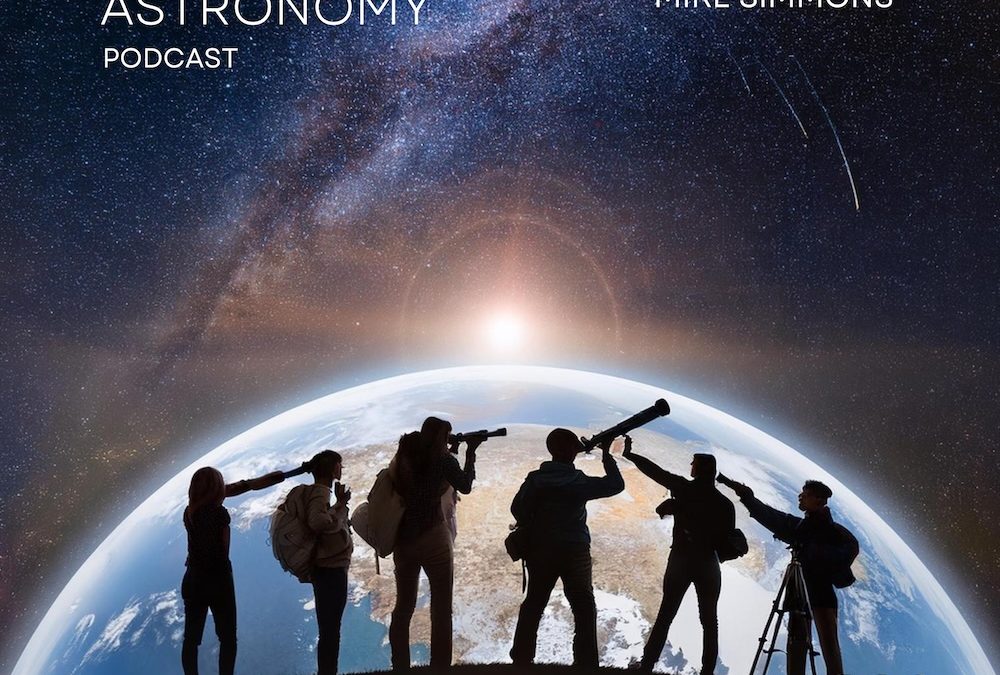
From Wolf Creek Crater to global astrophotography, John Goldsmith shares his passion for capturing the night sky, preserving Aboriginal astronomical knowledge, and the ethics of astrophotography.

What is an Alcubierre warp drive? What would it take to make it work? Could it propel spacecraft even below the speed of light?
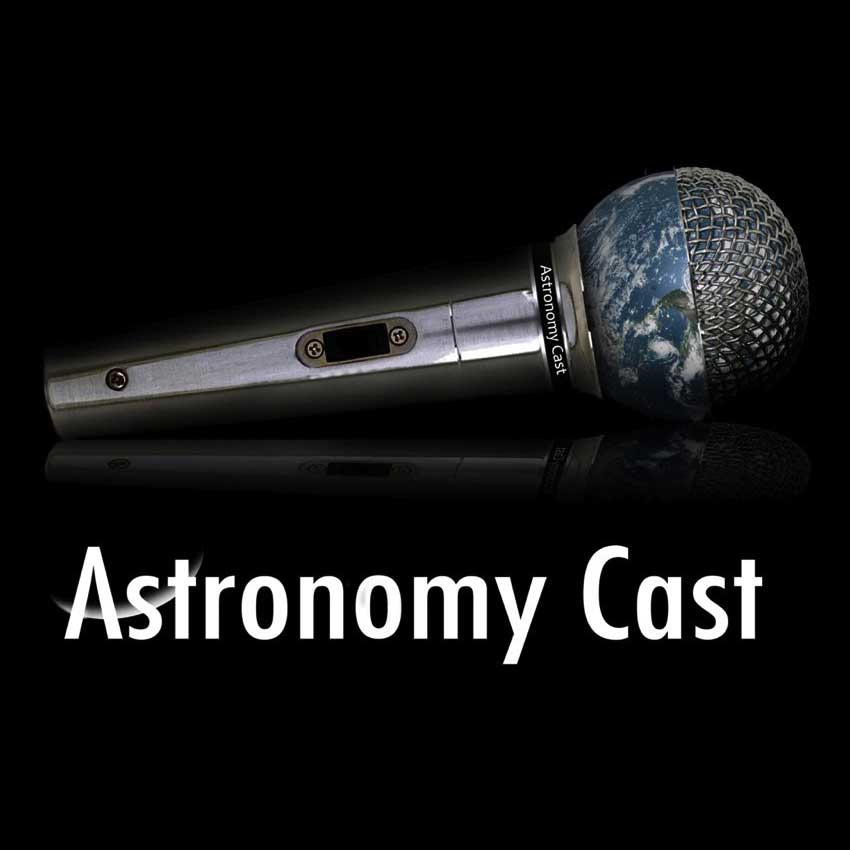
What causes dust storms and how do they work differently on the worlds in the solar system. But what about the exoplanets?

Today Travelers in the Night tell us stories about ALMA imaging protoplanetary disk & The Moroccan Oukaimeden Sky Survey discovery of asteroids & comets.
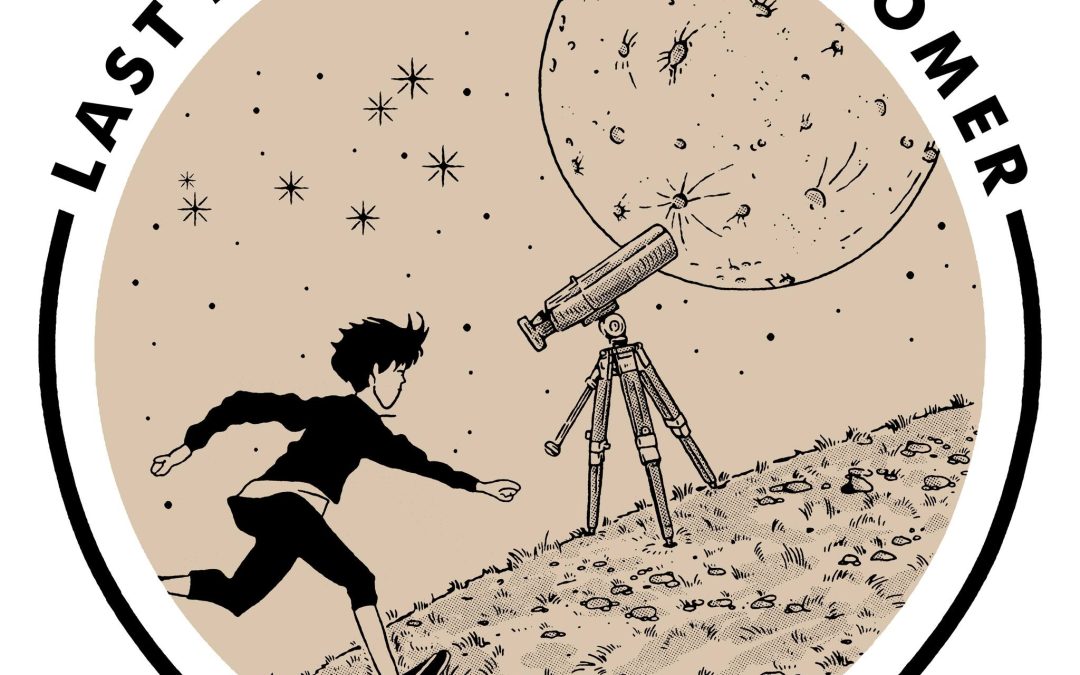
March 2025 says goodbye to Saturn, welcomes a total lunar eclipse, and continues hanging out with the rest of the planets

Contrary to the destructive role supermassive black holes are thought to play in the lives of stars, it turns out that certain types of galaxies benefit from black holes clearing the way and keeping star formation going.
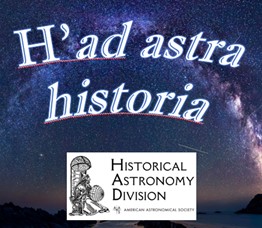
We’re celebrating the 35th anniversary of the first and only Portrait of the Solar System, a series of images taken by Voyager 1 on 14 Feb 1990. Dr. Candice Hansen-Koharcheck tells the story behind this portrait. She and Dr. Linda Spilker also talk about their career-long friendship.